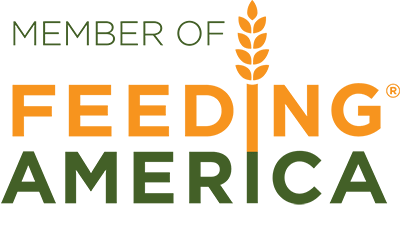National Nutrition Month 2022: Plan your meals each week!

Follow these tips to help you know how to make a plan to eat a balanced diet.
Choose healthful recipes to make during the week
Keep MyPlate Recommendations in mind – choose meals that fill half your plate with fruits and vegetables, choose whole grains for at least half your meals, vary your protein routine, and include low-fat and fat free dairy.
- Browse these websites for healthy recipes and meal inspiration:
Use a grocery list to shop for nutritious foods
When you’re ready to go grocery shopping, having a plan will help you choose healthful foods, avoid impulse purchases, and stay within your budget. Use MyPlate Guidelines to help you create a grocery list:
- Fruits – fresh, frozen, and fruits canned in 100% fruit juice.
- Vegetables – fresh, frozen, and canned vegetables labeled “no sodium added” or “low sodium.”
- Grains – looks for items with “whole wheat” or “whole grain” on the label. Look for items that have “whole wheat” or “whole wheat flour” as the first ingredient in the ingredient list. Compare products, and choose the one with more fiber and less added sugars.
- Protein – choose fresh and frozen unprocessed skinless poultry, fish, seafood, lean pork, and lean beef. Choose canned meats and fish labeled “no sodium added” or “low sodium.”
- Dairy – choose low-fat and fat-free milk, yogurt, and cheese and calcium-fortified soymilk.
- Condiments and oils – while this isn’t part of MyPlate Guidelines, condiments and oils are used in almost every dish. Choose condiments that are low in saturated fat, sodium, and added sugars. Choose plant oils that are liquid at room temperature and are lower in saturated fats.
Make healthful food and drink choices when away from home
- When dining out:
- Look for nutrition information – many restaurants, especially chain restaurants, have calorie information listed next to the food item on the menu. Information on fat, sodium, carbohydrates, fiber, added sugar, and protein should be available upon request or online.
- Look for keywords – sometimes, restaurants don’t provide nutrition information. Words like “crunchy,” “crispy,” “battered,” “breaded,” “creamy,” “cheesy,” and “alfredo” all indicate that an item might be higher in calories and saturated fat. Words like “baked,” “grilled,” “roasted,” “steamed,” “al fresco,” and “marinara” indicate that an item might be lower in calories and a more healthful option.
- Portions matter – restaurants often serve food in much larger portions that we need. Ask for a to-go box when you get your food, and immediately put half of it away for later to help prevent you from overeating.
- At work or school:
- Plan the night before – pack a balanced lunch and snacks to help you avoid unplanned eating out for lunch and snacking on unhealthy snacks when you get hungry in the afternoon.
- Be prepared – keep single-serve packages of whole-grain crackers, fruit, peanut butter, soup, or tuna at your desk for a quick lunch.
- Avoid mindless eating – keep snacks off your desk and hidden away to help prevent you from eating when you aren’t hungry.
